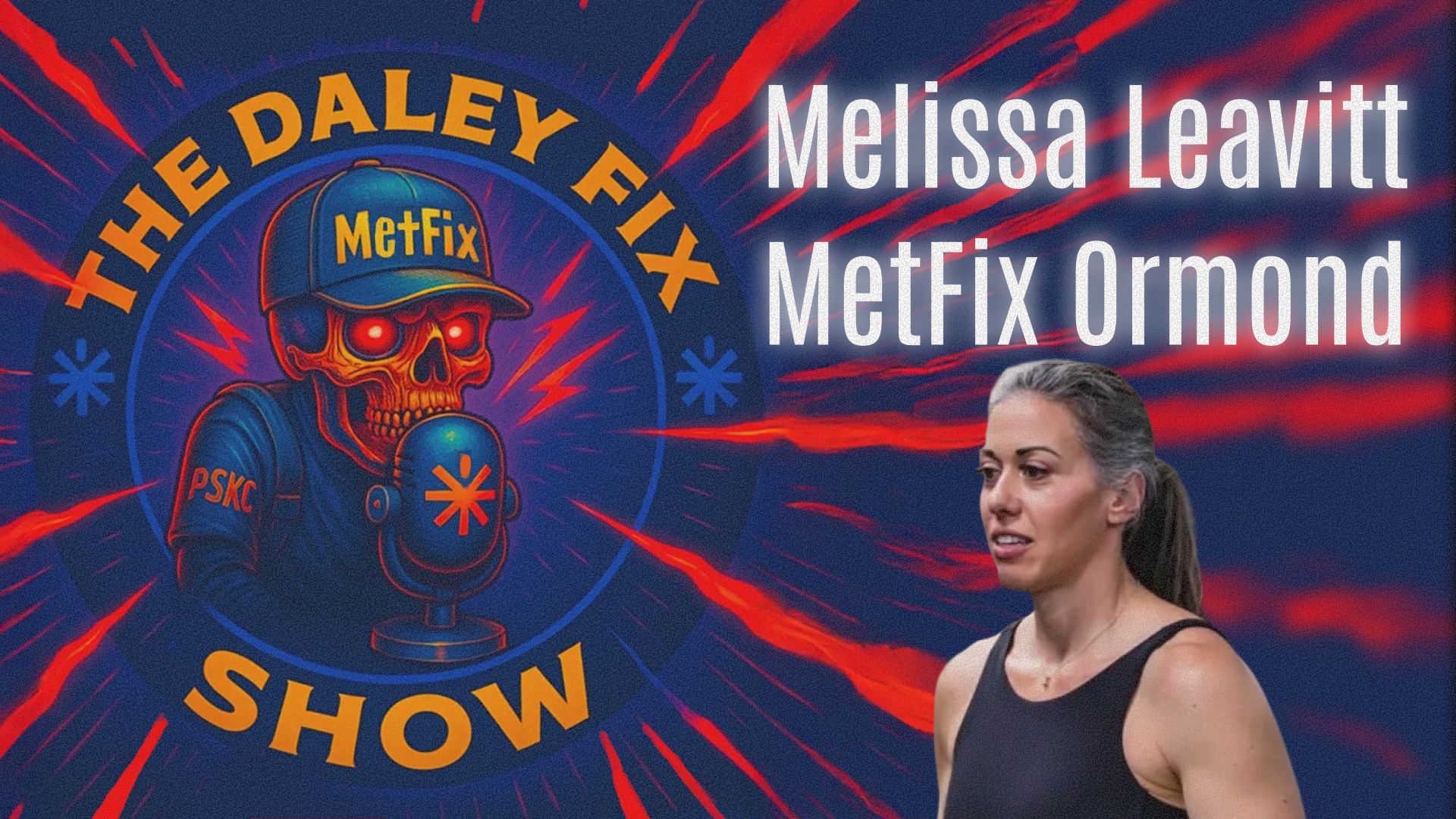Summary
Gavin Schmidt is a climate modeler at NASA and one of the leaders of the Anthropogenic Global Warming (AGW) movement. He runs an authoritative blog on climate change called RealClimate.org. Though he rarely responds to “outside” criticism, he did write a reply to Jeff Glassman's article The Acquittal of Carbon Dioxide. He replied that Glassman was “pretty confused” on the following points:
The physics of CO2
The implications of the Vostok ice core record.
And the concept of positive feedback.
To clarify, positive feedback is when the output of a system is then input back into the system, thus amplifying the signal with each loop. An example is when a microphone gets too close to a speaker. The screeching sound you hear is positive feedback. In climate science, it is the idea that warming causes CO2 emissions to increase and these CO2 emissions cause further warming. Such a feedback loop would be catastrophic and is predicted by popular climate models.
The first of Schidt's critiques was vague. Glassman's article did address what he perceived as the most important aspect of the physics of CO2, which is its solubility in water. A search of RealClimate.org revealed six entries with mention of CO2 solubility. Glassman addressed each:
A volcanic eruption at Mt Pinatubo caused a decrease in the rate of atmospheric CO2 rise from 1977-1900. Schmidt noted this but could not explain it. Glassman suggested it could be solubility: the eruption caused cooling of ocean water, which then absorbed more CO2.
Schmidt refers to data showing that the ocean takes in an excess of 2 gigatons of carbon annually from the annual human output of 7 gigatons. Glassman dismisses the possibility that such precise numbers could even be determined. The numbers come from an unspecified model with an unknown error. This is out of an estimated 90-107 gigatons of carbon exchanged between the atmosphere and ocean annually.
Schmidt mentioned a graph of solubility of CO2 vs temperature in sea water, but could not locate it. This graph was presented in Glassman's article.
It is noted that the oceans provide a large sink for anthropogenic CO2, due to its solubility. However, “Gavin never took the hint” about its importance. The evidence that CO2 solubility impacts atmospheric CO2 measured in the Vostok ice core data is reported in Glassman's article.
How much of the recent increase in CO2 is due to human activities? Glassman indicates that no answer can be offered until climate models re-integrate oceanic effects.
A paper is referenced showing that CO2 increases follow rising temperatures. Schmidt did not have an answer for this phenomenon, but Glassman's paper explains it.
The next part of Schmidt's critique is that Glassman did not fully understand the implications of the Vosok data. Glassman's model incorporates the CO2 solubility of water versus temperature to explain how it works as a “solubility pump”. The model includes a lag of a thousand years between temperature rises and CO2 concentrations to account for the cycle time of the solubility pump. This model closely matches the Vostok data without a smoothing function. Schmidt cited three papers from his website, but none demonstrated a correlation between atmospheric CO2 and temperature in the Vostok record.
One citation dismisses the importance of the lag between CO2 and rising temperatures. This was a key validation of Glassman's model, because it shows that atmospheric CO2 levels are an effect of rising temperatures, but cannot be a cause, since they come later.
This citation also shows CO2 levels are higher now than any other time in history, so it must be due to human activity. However, to draw this conclusion involves splicing together CO2 data from two different models. Glassman believes this practice is unjustifiable. The sampling period in the Vostok data is one to two thousand years. Any spikes in CO2, such as in current times, would be smoothed out and go undetected.
The final of Schmidt's three critiques was that Glassman does not understand positive feedback. He cites one of his own papers, Runaway Tipping Points of No Return. In it, he describes earth's climate as a non-linear system capable of rapidly tipping into another state if given a slight push. Glassman believes this description has distorted the thinking of climatologists and environmentalists into fearing even the most minimal disturbances by man to be potentially catastrophic. He calls this the “Delicate Blue Planet misapprehension”.
Schmidt's explanation of positive feedback in his cited article was “fatally flawed”. It presents feedback as an additive process, whereas Glassman explains it is multiplicative. The stated definition ignores many of the aspects of control systems theory, such as gain, open and closed loops, and ordinary feedback. Lastly, his model converges to a constant value, so in the long run it has no feedback at all. Nowhere in Schmidt's tutorial on feedback does he mention a model which has been validated. Instead, he relies on an “incompetent” explanation of feedback to support the AGW conjecture. This conjecture has a few weaknesses:
Water vapor is the predominant greenhouse gas (30-50x more potent than CO2). However, temperature drives increases in water vapor (much like CO2). This results in increased cloud cover, which reflects the solar radiation, and thereby cancels out its warming effect.
They admit man's contribution to CO2 is miniscule, around 1-2.5% of the total atmospheric reservoir.
The amount of anthropogenic CO2 absorbed by the ocean falls within the margin of error of models, but its exact amount is stated as a fact.
Glassman concludes that Schmidt's critique of his acquittal of carbon dioxide misses the mark completely. Gavin Schmidt did see this response to his critique, but he reiterated his original reply that The Acquittal was confused.
--------- Original ---------
Homeschool:
Curriculum Name: Introduction to IT Error Understanding Through Home-schooling
This curriculum is designed to ensure parents can help their children understand and navigate critical internet errors.
Module 1: Introduction to the Internet
- Lesson 1: History of the internet
- Lesson 2: Importance of the internet in the modern world
- Lesson 3: Basic internet safety rules
Module 2: Understanding HTTP
- Lesson 1: What is HTTP?
- Lesson 2: Role of HTTP in internet browsing
- Lesson 3: Common HTTP error codes
Module 3: Deep Dive into HTTP Error 403
- Lesson 1: Understanding error 403
- Lesson 2: What does "Client Error" mean?
- Lesson 3: What does "Forbidden" imply?
Module 4: Case Study
- Lesson 1: Analyzing specific URL: https://rocketscientistsjournal.com/2006/11/gavin_schmidt_on_the_acquittal.html
- Lesson 2: Discussion: Why might this URL lead to error 403?
- Lesson 3: Practical steps to take when encountering an HTTP error
Module 5: Safeguarding Privacy and Security
- Lesson 1: Understanding Payload security
- Lesson 2: Understanding SSL and HTTPS
- Lesson 3: Steps to ensure privacy and safety while browsing the internet
Each module contains a practical component where children will have the chance to navigate real-world scenarios and learn how to troubleshoot common browsing errors while understanding internet safety.
Note: Parents should be actively involved, guiding their children, and facilitating discussions on the subject matter. This will not only stimulate learners' critical thinking skills but also provide an avenue for parents to monitor their child's grasp of the lessons.
--------- Original ---------
Let's start with the truth!
Support the Broken Science Initiative.
Subscribe today →
recent posts
Medical Society Webinar with David Wiss



